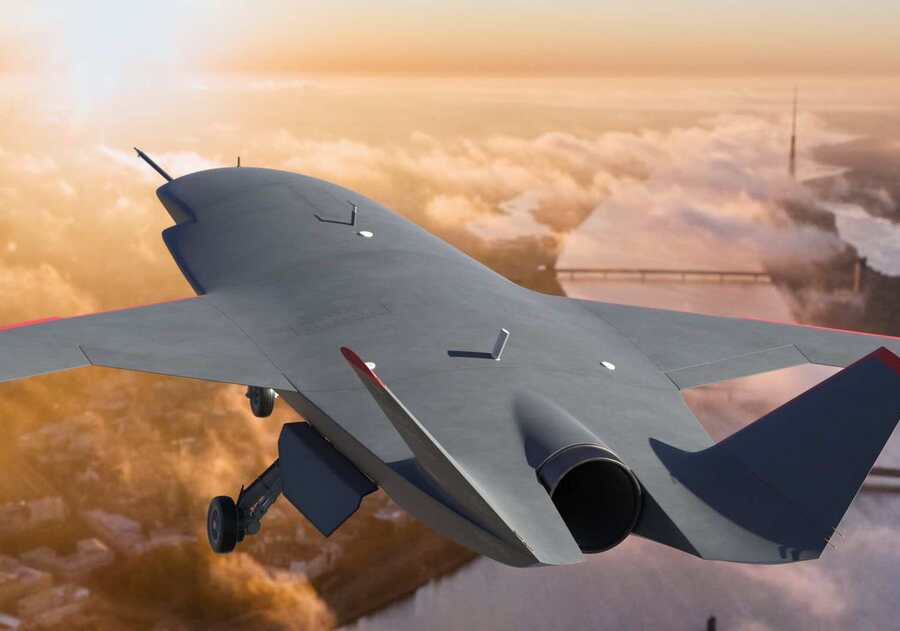 After having spent a significant part of my life in aerospace and defense, I've witnessed numerous technological revolutions, but none quite as transformative as the current artificial intelligence surge. The integration of AI into our sector isn't just another incremental improvement – it's fundamentally reshaping how we approach aerospace and defense operations.
After having spent a significant part of my life in aerospace and defense, I've witnessed numerous technological revolutions, but none quite as transformative as the current artificial intelligence surge. The integration of AI into our sector isn't just another incremental improvement – it's fundamentally reshaping how we approach aerospace and defense operations.
Current Applications Transforming the Industry
Today's AI applications in aerospace and defense are already impressive. Machine learning algorithms are revolutionizing predictive maintenance for aircraft fleets, analyzing vast amounts of sensor data to predict component failures before they occur. I've seen firsthand how this has dramatically reduced maintenance downtime and improved safety metrics across both military and commercial aviation.Autonomous systems have made significant strides, particularly in unmanned aerial vehicles (UAVs). Modern drones now incorporate sophisticated AI for navigation, obstacle avoidance, and mission planning. What's particularly fascinating is how these systems can adapt to changing conditions in real-time, something that would have seemed like science fiction early in my career.
In defense applications, AI is enhancing threat detection and response capabilities. Advanced pattern recognition algorithms can process multiple data streams simultaneously – radar, infrared, signals intelligence – to identify potential threats faster and more accurately than human operators alone. This fusion of AI with traditional sensor systems has significantly improved our defensive capabilities.
Challenges and Considerations
However, this integration hasn't been without its challenges. As someone who's overseen numerous technology implementations, I can attest that incorporating AI systems requires careful consideration of several factors:- Data Quality and Availability: AI systems are only as good as their training data. In aerospace and defense, gathering comprehensive datasets while maintaining security protocols presents unique challenges.
- System Reliability: When AI systems are integrated into critical aerospace applications, reliability becomes paramount. We need robust validation and verification processes that perhaps exceed traditional software testing methods.
- Human-AI Interaction: Finding the right balance between AI automation and human oversight remains crucial. In my experience, the most successful implementations maintain meaningful human control while leveraging AI's computational advantages.
Future Potential
Advanced Materials Development
AI is accelerating the discovery and testing of new aerospace materials. Machine learning algorithms can now predict material properties and performance characteristics, potentially revolutionizing how we design and build aircraft structures.
Cognitive Electronic Warfare
The next generation of electronic warfare systems will likely incorporate AI that can adapt to new threats in real-time, learning and evolving faster than traditional hardcoded systems.
Swarm Intelligence
Perhaps the most exciting development is in swarm robotics. AI-driven swarm behavior could revolutionize everything from satellite deployment to aerial reconnaissance, allowing multiple autonomous systems to work together coherently.
The Game-Changing Potential of Large Language Models
Technical Documentation and Knowledge Management
Training and Simulation
Intelligence Analysis
Data Security and Open-Source LLMs: A New Frontier
The Security Imperative
In my recent projects, I've seen a growing trend toward implementing open-source language models in air-gapped environments. This approach offers several critical advantages:
- Data Sovereignty: By hosting models locally, organizations maintain complete control over their data. There's no risk of sensitive information leaving secure environments.
- Customization Flexibility: Open-source models can be fine-tuned on domain-specific data, creating specialized versions that understand aerospace terminology and contexts without compromising security.
- Compliance Assurance: With increasing regulatory requirements around data handling, particularly in defense contracts, local deployment of open-source models helps ensure compliance with ITAR, EAR, and other critical regulations
Private Environment Implementation
Setting up secure, private AI environments is complex but increasingly necessary. In my experience overseeing such implementations, several key considerations have emerged:
Infrastructure Requirements
- Dedicated high-performance computing clusters
- Specialized AI accelerators
- Redundant systems for critical applications
- Air-gapped networks with strict access controls
Model Selection and Training
- Fine-tuned on proprietary technical documentation ...
- Optimized for specific tasks like maintenance procedure analysis
- Validated against industry-specific safety requirements
- Regularly updated with new internal data while maintaining security
Practical Applications in Secure Environments
Secure Communication Processing
Training and Simulation
The New Frontier: AI Reasoning and Decision-Making Capabilities
Chain-of-Thought Decision Making
- Analyzing mission parameters and suggesting tactical adjustments with clear reasoning
- Walking through complex maintenance scenarios step-by-step
- Evaluating multiple solution paths for engineering challenges and explaining their trade-offs
This transparency in decision-making is crucial in aerospace applications where we need to understand and validate the AI's reasoning process.
Enhanced Situational Analysis
Correlate data from various sensors and intelligence sources to form comprehensive threat assessments
Identify subtle patterns in maintenance data that even experienced technicians might miss
Provide reasoned recommendations for mission planning based on multiple environmental and operational factors
Implications for Critical Decision Support
- Explain Their Logic: Providing clear, auditable reasoning paths for their recommendations
- Consider Multiple Scenarios: Evaluating different possible outcomes and their probabilities
- Incorporate Uncertainty: Explicitly acknowledging where data is incomplete or assumptions are made
- Adapt to New Information: Updating recommendations as situations evolve
Safety and Validation Considerations
- Decisions align with established safety protocols
- Edge cases are properly handled
- Human operators can effectively oversee and intervene when necessary
- System limitations are clearly understood and documented
The Human-AI Partnership
- AI systems handle rapid data processing and initial analysis
- Human experts validate AI recommendations and make final decisions
- The interaction is collaborative rather than hierarchical
- Both human and AI capabilities are leveraged for their respective strengths
Looking to the Future
Conclusion

India's PE-VC investments surge amid IPO momentum, reshaping startup funding paths.
India's Agribusiness Summit spotlights tech-driven farming and sustainability for smallholders' p...
Christmas whisky sales aren't just seasonal—they're a sign of robust long-term investment potenti...
Global experts share 2026 resolutions to fuel entrepreneurial growth, from rediscovering passions...
Turn your expertise into ebooks for just $99 with AI—no ghostwriter needed.
Google's new Startups Hub in Hyderabad unlocks AI expertise and global scaling for Indian founder...





